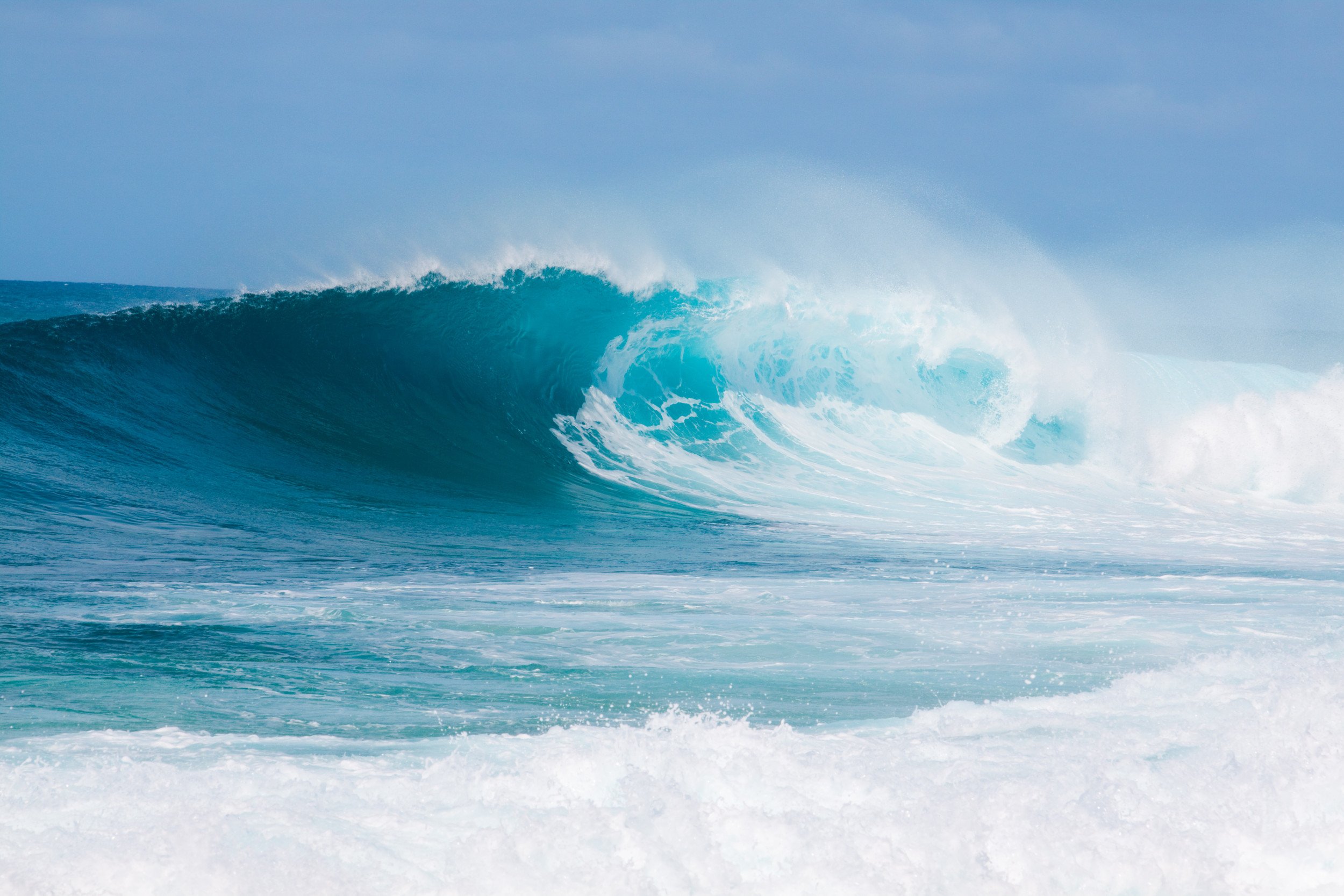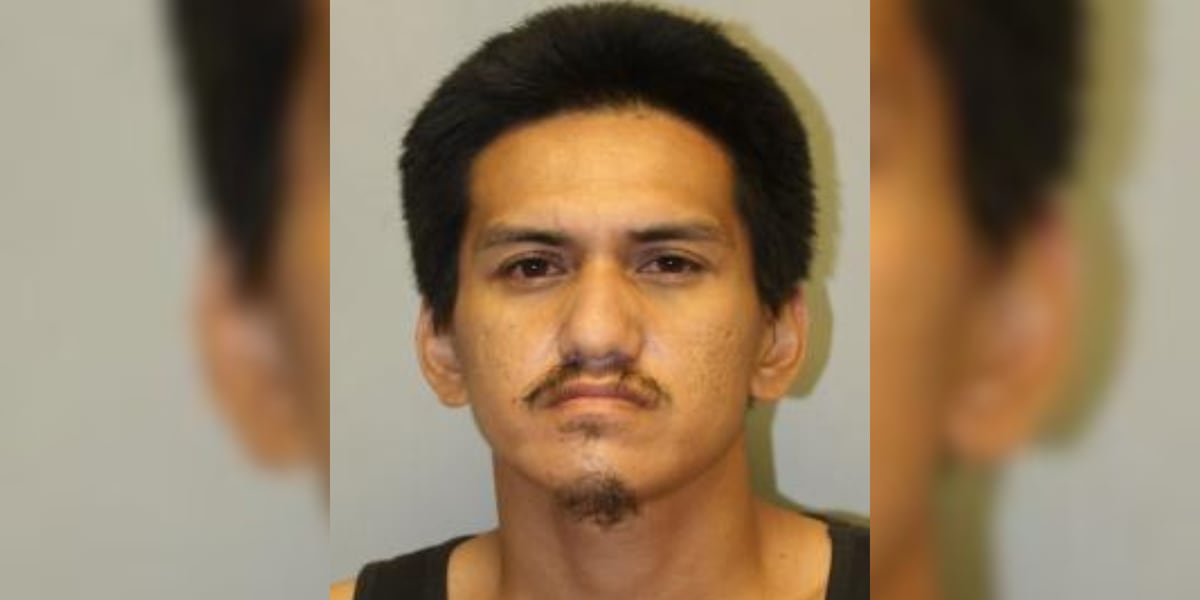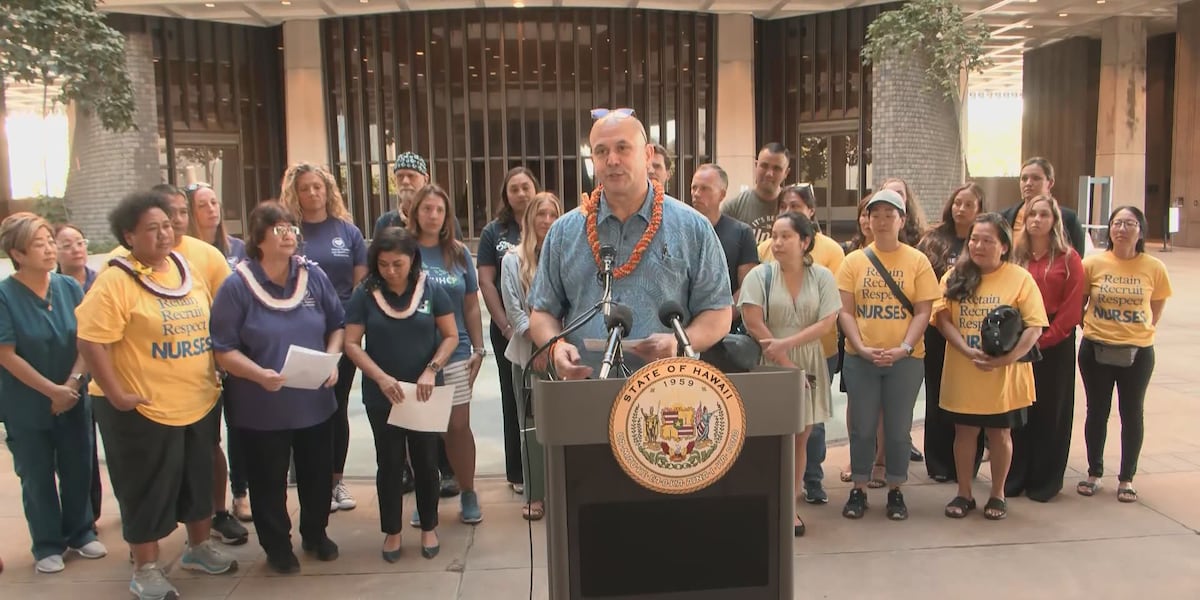Hawaii
Hawaii recently closed its sole coal power plant, but n a new issue threatens its grid: 'This is a huge policy error'

In September 2022, Hawaii closed its only coal power plant, taking a positive step toward a 2045 goal to produce only non-polluting electricity.
After closing the plant on Oahu — Hawaii’s third largest island — the islands still needed an effective power source, and the state turned to rooftop solar generation as the answer.
A program from utility firm Hawaiian Electric paid households to add batteries to their solar array, which would allow them to send electricity to the grid at night for a fee. As Canary Media reported, the program saw immediate rewards, with enrollments passing 40 megawatts by December 2023 and reliance on the grid dropping by 15 to 17 megawatts a day.
According to Lani Shinsato, co-director for customer energy resources for Hawaiian Electric, those numbers should increase further when all those who have signed up for the scheme get their systems running.
But a change in tact from Hawaii’s Public Utilities Commission could put that significant progress in jeopardy, with a successor to the successful Battery Bonus scheme announced, known as Bring Your Own Device, which many expect won’t be nearly as beneficial for residents.
The new initiative is a complicated process, and as Canary Media pointed out, confusion about BYOD and lower incentives compared to Battery Bonus may slow the level of take-up that was already proving so beneficial to Hawaii’s clean energy future.
“This is a huge policy error — it’s reversing years of progress that we’ve been making,” Rocky Mould, executive director of the Hawaii Solar Energy Association, told the publication.
According to Hawaiian Electric, renewables provided 31.8% of electricity generation in 2022, with customer-sited, grid-connected renewable solar and wind making up 46.6% of the total renewable energy production.
In the same year, 52.1%, 63%, and 64.4% of Hawaiian Electric’s electricity generation came from dirty oil on Oahu, Hawaii Island, and Maui County, respectively. That electricity would have produced planet-warming pollution that contributes to global heating.
The need to move away from polluting energy sources was put into starker focus following the devastating wildfire that ripped through Hawaii’s Maui Island and Big Island in August 2023.
While the cause hasn’t been officially determined, the hot, dry, and windy conditions in the area in the days prior would have been perfect for the start of a wildfire, so reducing temperatures is undoubtedly even more of a priority for the state’s lawmakers.
But beneficial and effective renewable generation is key to achieving this, and solar experts are calling on a return to the Battery Bonus scheme that proved so advantageous for all.
Join our free newsletter for cool news and actionable info that makes it easy to help yourself while helping the planet.

Hawaii
Hawaii’s 35-foot waves could close roads

National Weather Service (NWS) meteorologists are warning that dangerous surf along Hawaii’s north- and west-facing shores will be strong enough to potentially cause road closures near the affected shores.
Why It Matters
Hawaii is a popular destination, and the NWS Honolulu office is warning tourists and residents alike to stay away from the shoreline along the north- and west-facing shores of Niihau, Kauai, Oahu, Molokai and the north-facing shores of Maui. Surf as high as 35 feet is likely to surge and sweep across beaches, coastal benches and lava flows, impacting coastal properties and even infrastructure and roadways.
joshuaraineyphotography/Getty
What To Know
A high surf warning was issued early Friday morning and will remain in place until Saturday morning.
The strong waves are caused by a large northwest swell that is expected to peak Friday afternoon and evening. In addition to the high surf, the swell will cause “powerful longshore and rip currents” at most beaches.
Harbor entrances could be impacted by large breaking waves and strong currents, the high-surf warning said, and channels also could be impacted, leading to challenging boat handling.
Surf will be highest for north-facing shores at 25 to 25 feet. West-facing shores are expecting surf of 18 to 22 feet.
The swell is originating from the northwest Pacific Ocean between Hawaii and Japan. Swells are normal for the Aloha State this time of year, but the typical surf size is 18 feet, making the ongoing surf higher than normal.
A small craft advisory is also in place, warning boaters that sea conditions could be hazardous to small craft.
What People Are Saying
NWS meteorologist Derek Wroe told Newsweek: “There are some areas that are more vulnerable than others. Certain areas that the beach is a bit lower. If there’s a road that’s close to it, sometimes waves will surge, run up the beach and push onto the road. It’s not very unusual for us to get surf of this size in January.”
NWS Honolulu, in a high-surf warning: “Stay away from the shoreline along the affected coasts. Be prepared for road closures. Postpone entering or leaving channels affected by the high surf until the surf subsides.”
What Happens Next
The high-surf warning is expected to expire by 6 a.m. local time Saturday morning.
In addition to the high surf, rain showers are expected on Friday as a cold front pushes down the island chain, according to the NWS Honolulu forecast. Another cold front is expected by the middle of next week, increasing the chance of rain and thunderstorms.
Wroe said there are no significant swells on the horizon that could prompt a high surf warning in the coming week.
Hawaii
Fentanyl bust leads to 10-year prison sentence on Hawaii Island

HONOLULU (HawaiiNewsNow) – After being found with 71 fentanyl pills in Hilo, Cody Araw is now sentenced to 10 years in prison.
Officers arrested the 32-year-old from Pepeekeo outside the Suisan Warehouse in April 2024.
Araw later pled guilty to possession of fentanyl and heroin.
71 fentanyl pills is equivalent to about 4,000 lethal doses.
Copyright 2025 Hawaii News Now. All rights reserved.
Hawaii
Nurses, advocates call for mandated patient care standards in Hawaii

HONOLULU (HawaiiNewsNow) – Nurses and advocates rallied at the state Capitol Thursday for the need to improve patient care and strengthen Hawaii’s health care system.
Representatives from Hawaii’s three major nurses unions — the Hawaii Nurses’ Association, Hawaii Nurses and Healthcare Professionals, and the United Nurses and Health Care Employees of Hawaii — were joined by legislators, and labor and community leaders.
Their call includes legislation aimed at ensuring safer staffing and enhancing patient safety and quality of care in hospitals.
State Rep. Sean Quinlan, House majority leader, says he’s introducing what’s called the Hawaii Safe Staffing Proposal, which would establish enforceable patient-to-nurse ratios, ensure transparency, and improve accountability in hospital staffing practices.
“Unfortunately, I know from my own experience in my life that nurses are such a critical part of any stay in a hospital, especially an extended stay, and I want to make sure that the public understands that this is not about the nurses. This is about the patients that they serve,” he said.
Advocates say Hawaii lacks vital protections, forcing health care workers to face systemic challenges that compromise patient outcomes.
Rosalee Agas-Yuu, RN, president of the Hawaii Nurses’ Association became emotional when talking about recent contact battles with Kapiolani Medical Center and The Queen’s Medical Center on Oahu, and now Wilcox Medical Center on Kauai.
“I’m listening to 140 nurses at Wilcox on Kauai fighting for the ratio, so please understand, this is important. We want it all equal across Hawaii,” Agas-Yuu said. “This is for the state of Hawaii. We shouldn’t have to fight like this at every battle. Every negotiation should be the same everywhere.”
Christian Fern, executive director, University of Hawaii Professional Assembly (UHPA) AFT Local 6625, said: “When our keiki or kupuna enter a hospital, we shouldn’t have to worry whether a nurse will be available to give them the attention they need for their recovery or to identify symptoms that require immediate intervention. That’s what we pay for. This law will sent a standard for all hospitals across our state and will ensure our ohana will receive quality care and ensure all of Hawaii’s valued nurses are treated fairly and equitably.”
The hospitals say patient safety is their top priority.
In a statement Tuesday, Wilcox Medical Center president and CEO Jen Chahanovich said in part: “Each medical center is different with its own support teams. Our Medical Surgical unit cares for a variety of conditions. That is why we are proposing to work together with our nurses to adjust staffing levels as needed through a staffing council using national standards.”
Copyright 2025 Hawaii News Now. All rights reserved.
-
/cdn.vox-cdn.com/uploads/chorus_asset/file/25822586/STK169_ZUCKERBERG_MAGA_STKS491_CVIRGINIA_A.jpg)
/cdn.vox-cdn.com/uploads/chorus_asset/file/25822586/STK169_ZUCKERBERG_MAGA_STKS491_CVIRGINIA_A.jpg) Technology1 week ago
Technology1 week agoMeta is highlighting a splintering global approach to online speech
-

 Science6 days ago
Science6 days agoMetro will offer free rides in L.A. through Sunday due to fires
-
/cdn.vox-cdn.com/uploads/chorus_asset/file/25821992/videoframe_720397.png)
/cdn.vox-cdn.com/uploads/chorus_asset/file/25821992/videoframe_720397.png) Technology1 week ago
Technology1 week agoLas Vegas police release ChatGPT logs from the suspect in the Cybertruck explosion
-

 News1 week ago
News1 week agoPhotos: Pacific Palisades Wildfire Engulfs Homes in an L.A. Neighborhood
-

 Education1 week ago
Education1 week agoFour Fraternity Members Charged After a Pledge Is Set on Fire
-

 Politics1 week ago
Politics1 week agoTrump trolls Canada again, shares map with country as part of US: 'Oh Canada!'
-
/cdn.vox-cdn.com/uploads/chorus_asset/file/23935558/acastro_STK103__01.jpg)
/cdn.vox-cdn.com/uploads/chorus_asset/file/23935558/acastro_STK103__01.jpg) Technology6 days ago
Technology6 days agoAmazon Prime will shut down its clothing try-on program
-

 News1 week ago
News1 week agoMapping the Damage From the Palisades Fire




















